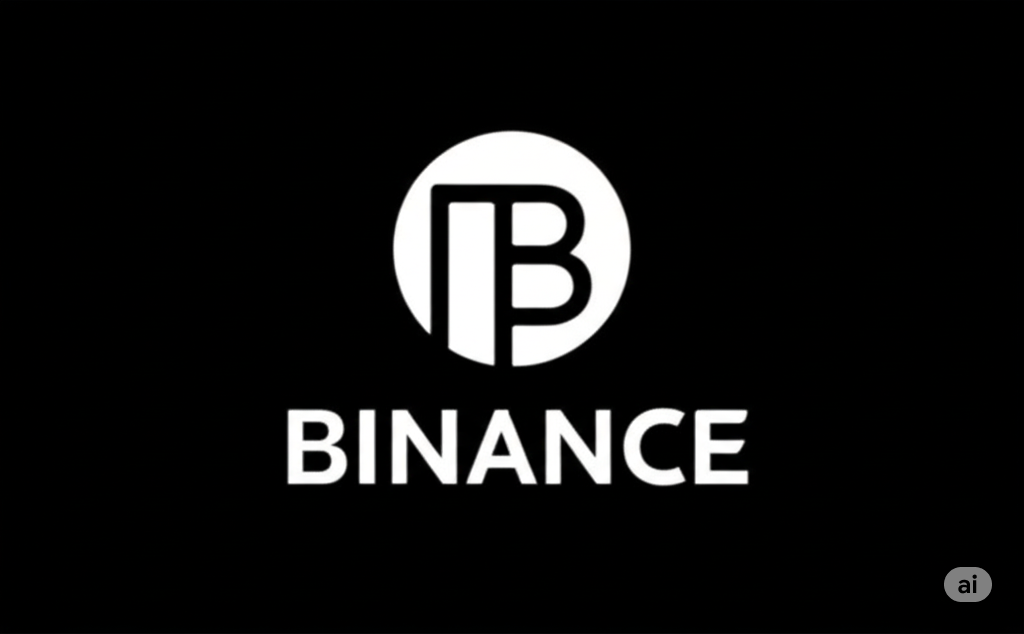For centuries, traditional or fiat currencies – government-issued money like the Indian Rupee (INR), the US Dollar (USD), or the Euro (EUR) – have been the backbone of global commerce. However, the rise of cryptocurrencies over the past decade has introduced a new paradigm, sparking debates about their potential to coexist or even supplant traditional systems. This blog delves into the key differences, advantages, and disadvantages of cryptocurrency versus traditional currency.
What is Traditional (Fiat) Currency?
Traditional currency, also known as fiat currency, is legal tender issued by a central authority, typically a government or central bank (like the Reserve Bank of India for INR). Its value is not intrinsically tied to a physical commodity like gold or silver but rather based on the trust and faith that people have in the issuing government and its economy.
Key Characteristics of Traditional Currency:
- Centralized Control: Issued and regulated by a central authority.
- Physical and Digital Forms: Exists in physical forms (coins and banknotes) and digital forms (electronic bank balances).
- Legal Tender: Recognized by law as a valid means of payment within a specific jurisdiction.
- Subject to Monetary Policy: Central banks can influence its supply and value through monetary policies like interest rate adjustments and printing more money.
- Widely Accepted: Accepted for almost all transactions within its designated region.
What is Cryptocurrency?
Cryptocurrency is a digital or virtual form of money that uses cryptography for security. Unlike traditional currencies, most cryptocurrencies operate on decentralized networks, typically based on blockchain technology. This means they are not controlled by a single entity.
Key Characteristics of Cryptocurrency:
- Decentralized Control: Typically operates on a distributed ledger, with no single central authority.
- Digital Only: Exists solely in digital form.
- Not Legal Tender (in most cases): While some countries are exploring the idea, most cryptocurrencies are not currently recognized as legal tender.
- Limited or Fixed Supply (in many cases): Many cryptocurrencies have a finite supply coded into their protocol.
- Variable Acceptance: Acceptance varies widely depending on the cryptocurrency and the merchant.
Key Differences Summarized:
| Feature | Traditional Currency (Fiat) | Cryptocurrency |
| Issuance & Control | Central authority (government, central bank) | Decentralized network (mostly) |
| Physical Form | Yes (coins, banknotes) & Digital | Digital Only |
| Regulation | Heavily regulated | Generally less regulated (evolving) |
| Intrinsic Value | Based on trust and government decree | Based on cryptography, technology, and market demand |
| Transaction Transparency | Generally private between parties and financial institutions | Often transparent on the public blockchain, but pseudonymous |
| Transaction Speed & Fees | Can vary; international transfers can be slow and costly | Generally faster and with lower fees (can vary by network congestion) |
| Supply | Can be increased or decreased by central authority | Often limited or fixed |
| Risk Factors | Inflation, government instability | Volatility, technological risks, regulatory uncertainty, security breaches |
| Acceptance | Widely accepted within its jurisdiction | Acceptance growing but not universa |
Advantages and Disadvantages:
Traditional Currency:
- Advantages:
- Stability: Generally more stable in value compared to most cryptocurrencies (though subject to inflation).
- Widespread Acceptance: Universally accepted within its jurisdiction.
- Established Infrastructure: Well-established banking and payment systems.
- Legal Framework: Backed by legal frameworks and government guarantees.
- Disadvantages:
- Centralized Control: Susceptible to government policies and potential mismanagement.
- Inflation: Value can be eroded over time due to inflation.
- Transaction Fees: Can be high for international transfers and certain transactions.
- Limited Transparency: Transaction details are generally private.
Cryptocurrency:
- Advantages:
- Decentralization: Reduced risk of censorship and single points of failure.
- Transparency: Transactions are often publicly viewable on the blockchain.
- Lower Transaction Fees (potentially): Can offer lower fees, especially for international transfers.
- Faster Transactions (potentially): Transactions can be processed more quickly than traditional banking systems.
- Limited Supply (in some cases): Can act as a hedge against inflation if the supply is capped.
- Disadvantages:
- Volatility: Prices can fluctuate dramatically and unpredictably.
- Complexity: Can be technically challenging for newcomers to understand and use.
- Security Risks: Susceptible to hacking, scams, and loss of private keys if not managed properly.
- Regulatory Uncertainty: The legal and regulatory landscape for cryptocurrencies is still evolving.
- Environmental Concerns (for some): Proof-of-Work cryptocurrencies like Bitcoin have been criticized for their high energy consumption.
- Limited Acceptance: Not yet widely accepted for everyday transactions.
The Future Landscape:
It’s unlikely that cryptocurrencies will entirely replace traditional currencies in the near future. Instead, a more probable scenario involves a coexistence where both systems cater to different needs and preferences.
- Central Bank Digital Currencies (CBDCs): Many central banks, including the Reserve Bank of India, are exploring the development of their own digital currencies. These would be a digital form of fiat currency, offering some of the benefits of cryptocurrencies while maintaining central control.
- Increased Regulation: As the cryptocurrency market matures, increased regulation is expected, which could provide more stability and consumer protection.
- Niche Applications: Cryptocurrencies may find their niche in specific areas like cross-border payments, decentralized finance (DeFi), and as a store of value for some investors.
In Conclusion:
Both cryptocurrency and traditional currency have their own unique sets of characteristics, advantages, and disadvantages. Traditional currencies provide stability and widespread acceptance, while cryptocurrencies offer decentralization, transparency, and potentially lower transaction costs. As technology continues to evolve and regulations take shape, the relationship between these two forms of currency will continue to be a dynamic and fascinating aspect of the global financial landscape .












Leave a Reply